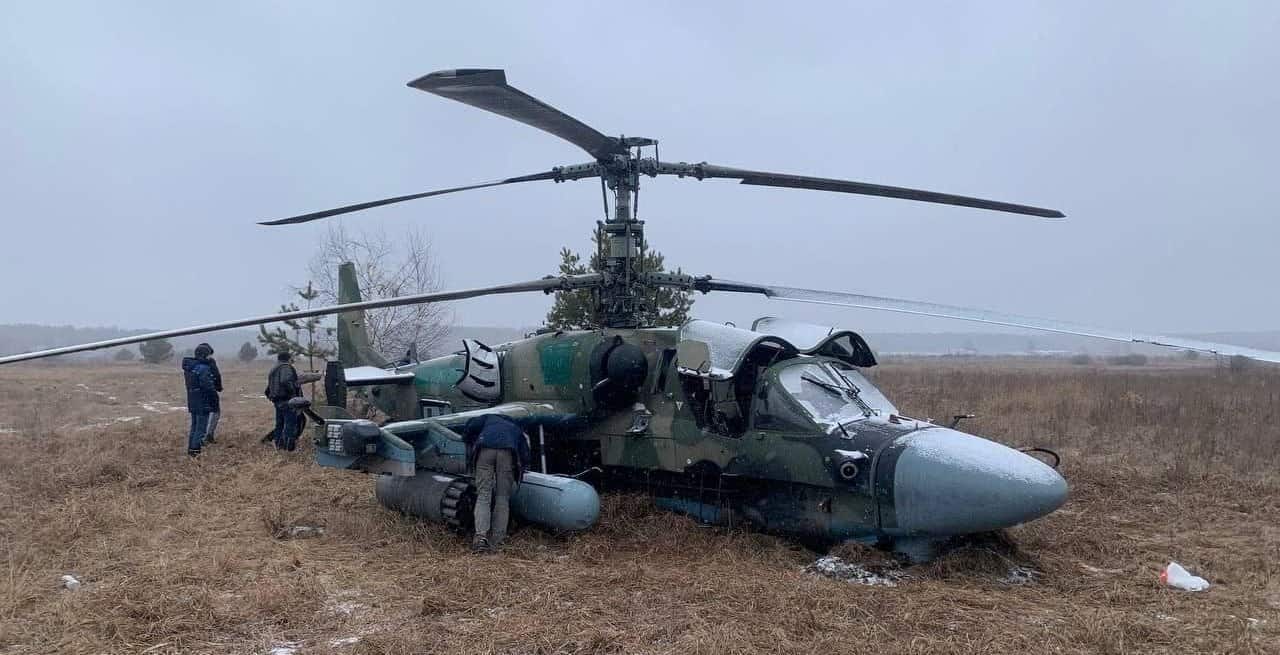According to the Defense News, this opinion was expressed by several experts.
The shift is animated in large part by proliferating ground-based air defenses that make manned flight over the battlefield almost impossible.
Read more: Ukraine is Developing Swarm Attack Drones Based on A.I. – Media
“In 2024, helicopters at the front, due to the threat and saturation of anti-aircraft means, primarily perform fire support along the line of combat engagement, using the toss bombing tactics [unaimed strikes by unguided missiles] and have also been a means of countering unmanned systems,” said Serhii Kuzan.
He recalled the Russian emphasis on helicopters during the first days of Russia’s full-scale invasion. Moscow’s troops had planned a large-scale landing operation, which eventually failed, at the Antonov airport near Hostomel, only 25 kilometers from Kyiv.
The vulnerability of combat helicopters has translated into a high number of losses on the Russian side. In February, a report published by the London-based International Institute for Strategic Studies found that the Russian Aerospace Forces had lost 40% of their pre-war Ka-52 Hokum-B attack helicopter fleet.

“Russian rotary losses have continued, but changes in tactics and the introduction of new weapons, in particular the h-39) air-to-surface missile, which provides a greater stand-off range, have had an effect,” Douglas Barrie, senior fellow for military aerospace at IISS told Defense News.
Maj. Gen. Pierre Meyer, commander of the French Army Light Aviation (ALAT), said Russia’s helicopter-based landing attempt should be a cautionary tale for military planners.
“At Hostomel, we saw Russian helicopters intervening almost on parade for two days, at a certain height and arriving en masse, tightly packed – in the end, it’s not a question of whether helicopters still have their place, it’s how we use them,” Meyer told the audience at the Paris Air Forum last month.
“Had we acted like the Russian helicopters, with the mode of action I’m talking about, we would’ve had exactly the same losses,” he said.
Meyer said there is utility in teaming helicopters with drones, as many Western armed forces are already doing, with unmanned aerial vehicles providing additional “aero-combat action and maneuver” to military choppers.

According to Kuzan, the former Ukrainian defense adviser, helicopters could soon become integrated with unmanned forces, “using their command control points, powerful communication relays or as a mobile means of radio-electronic warfare and intelligence.”
Bruno Even, the CEO of Airbus Helicopters, said rotary aviation can still play its trump card of all-around utility.
“Depending on the conflict, the attack helicopter has its rightful place and role to play – their use may have to evolve towards stand-off weapons that allow the aircraft to intervene from a greater distance,” he said at the Paris Air Forum.
Read more: Hundreds of Drones for Ukraine: Czech Republic Launches Production of Reconnaissance and Strike UAVs














